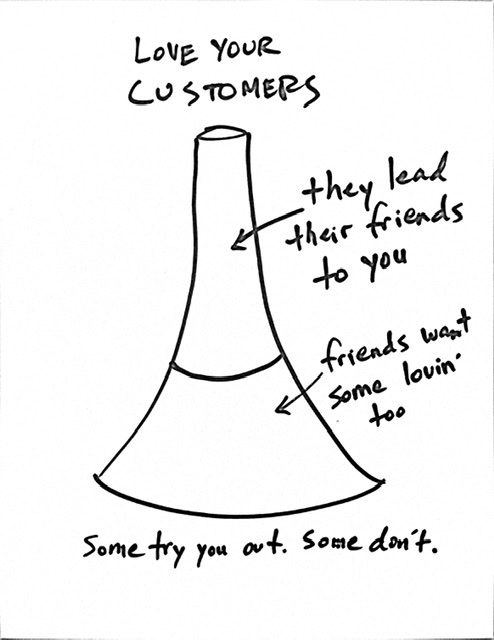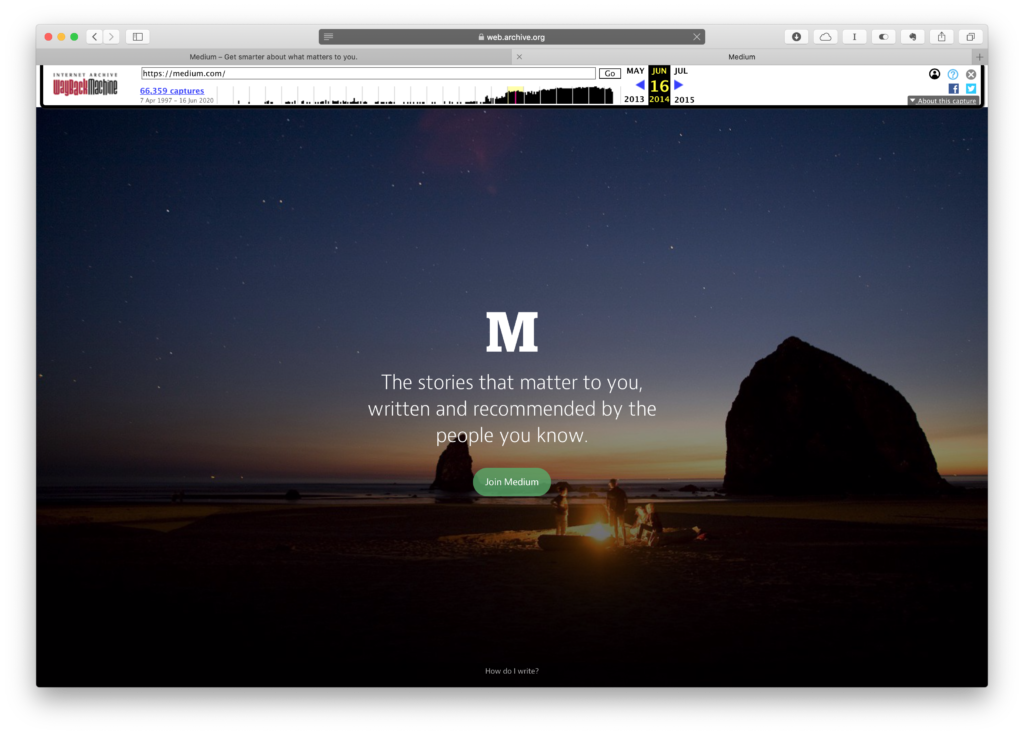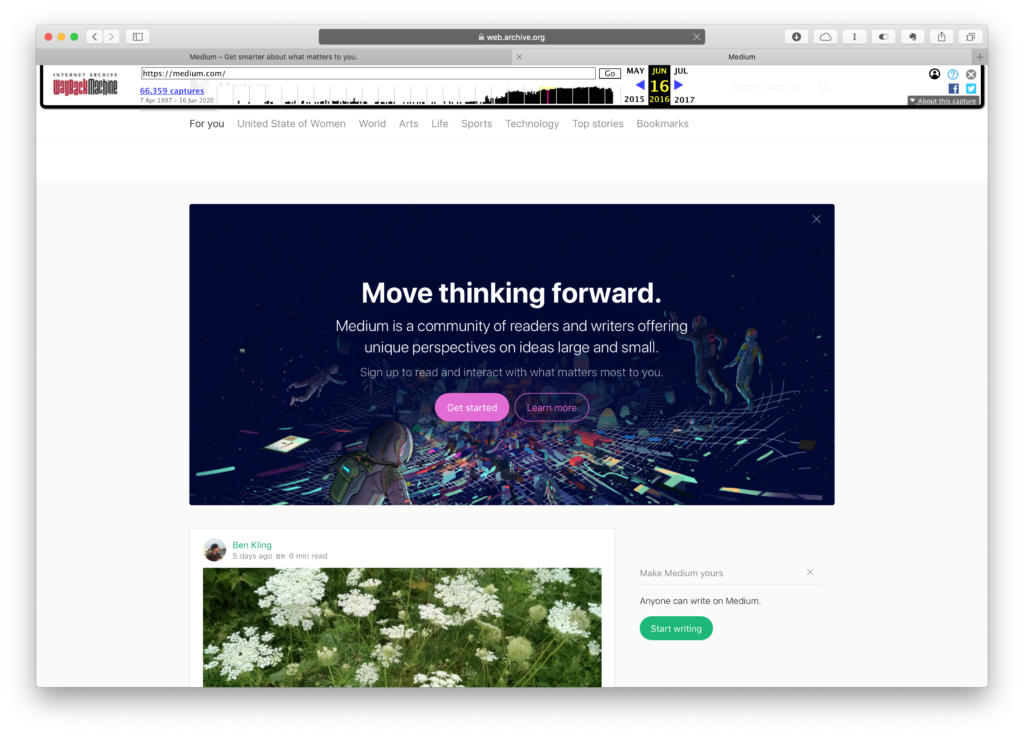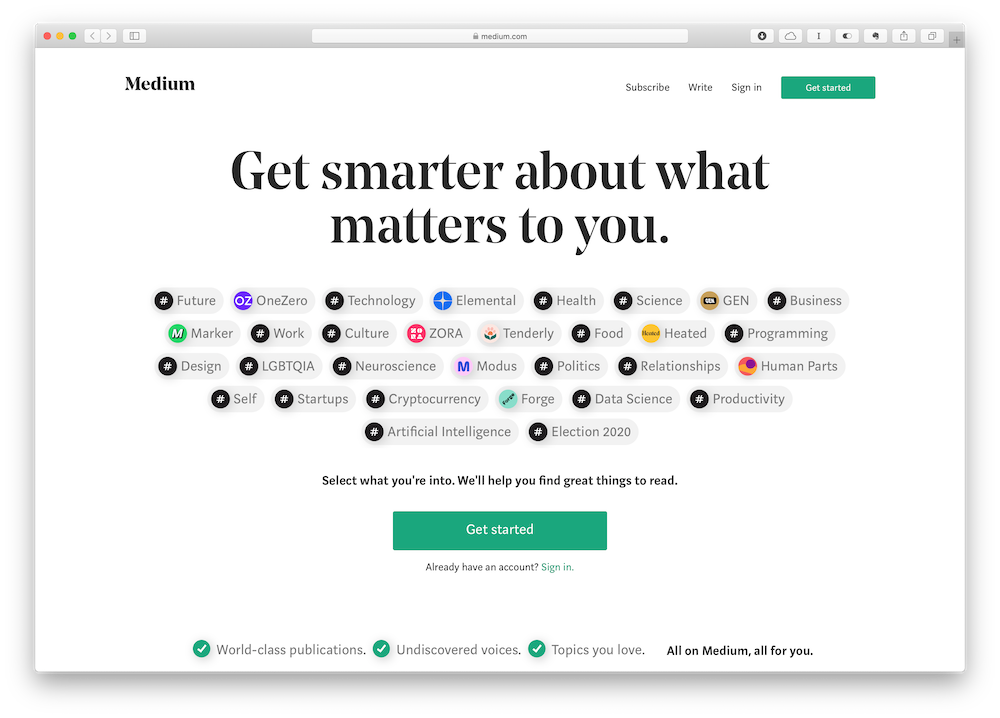(Part 1)
But it means so much more to be a viable alternative to the internet giants of today, particularly with regard to being a good steward of public information and interpersonal communication.
Imagine a neutral paid subscription service for the following:
- Contacts, calendar, reminders/todos
- Documents
- Notes
- Photos
Now imagine that neutral service expanding to include
- A secure email service and client a la Protonmail
- A private 1:1 and group messaging service a la Telegram
- A private video-calling service – there is no good privacy oriented provider today. Telegram has claimed it will add video support later in 2020
- Collaborative documents, such as that available with NextCloud Hub if you self-host
Let’s talk about self-hosting. Mozilla could improve upon the Nextcloud concept to bundle domain, hosting and productivity/communications right out of the box. We saw a few months ago how web hosting companies could be the new internet giants if only they could be more imaginative of their own role in the internet. Mozilla could be that web host.
The arc of awareness is bending inexorably towards a substitute to the centralised web that came to characterise the 2010s.
Tight bundling of PIM, media and messaging on mobile leaves little room for a third party. Microsoft has tried to be it, but has little to offer by way of differentiation. Mozilla on the other hand has a clear positioning – and two decades of delivering on its promises. It doesn’t need to win the majority of phone users today – it can count on a minority that cares growing into a plurality.
(Part 3 – Mozilla seems rather far from that vision today)




